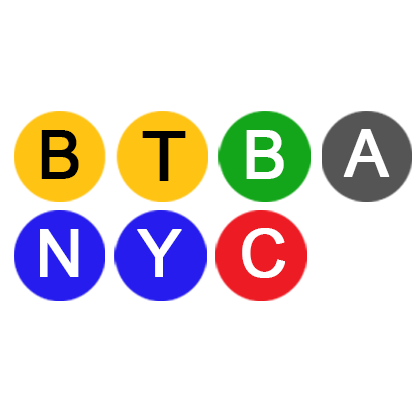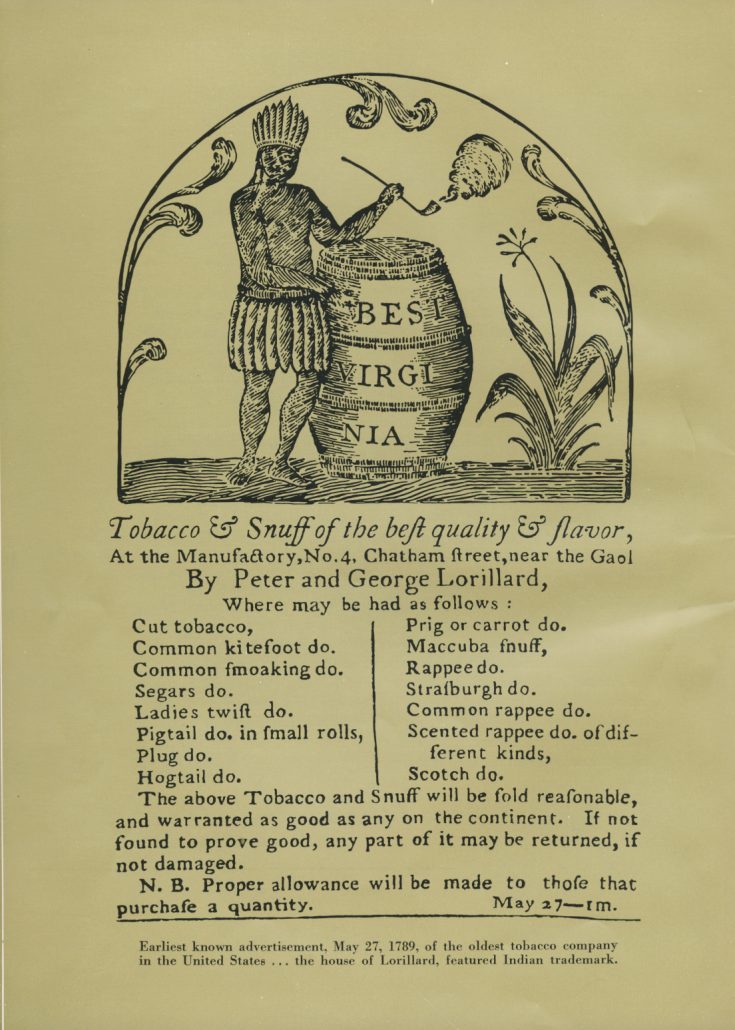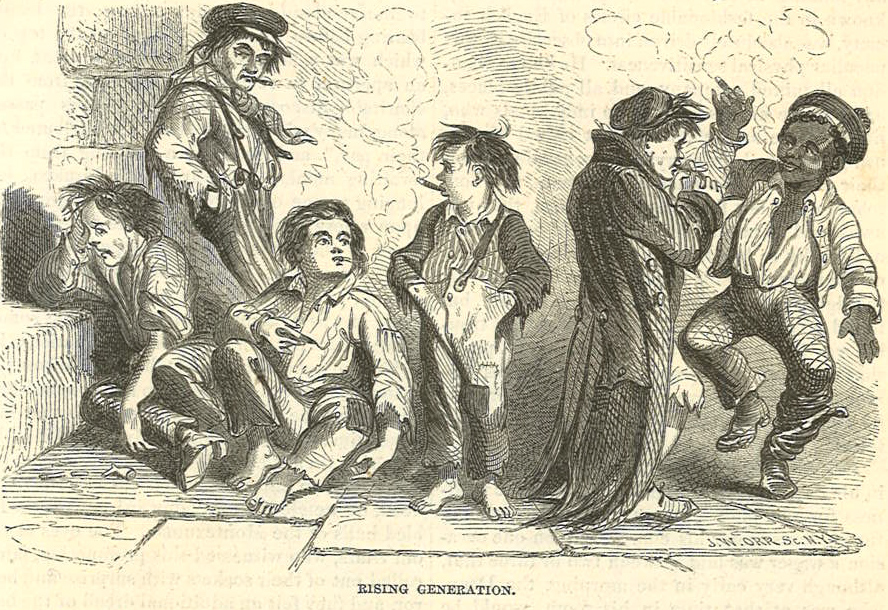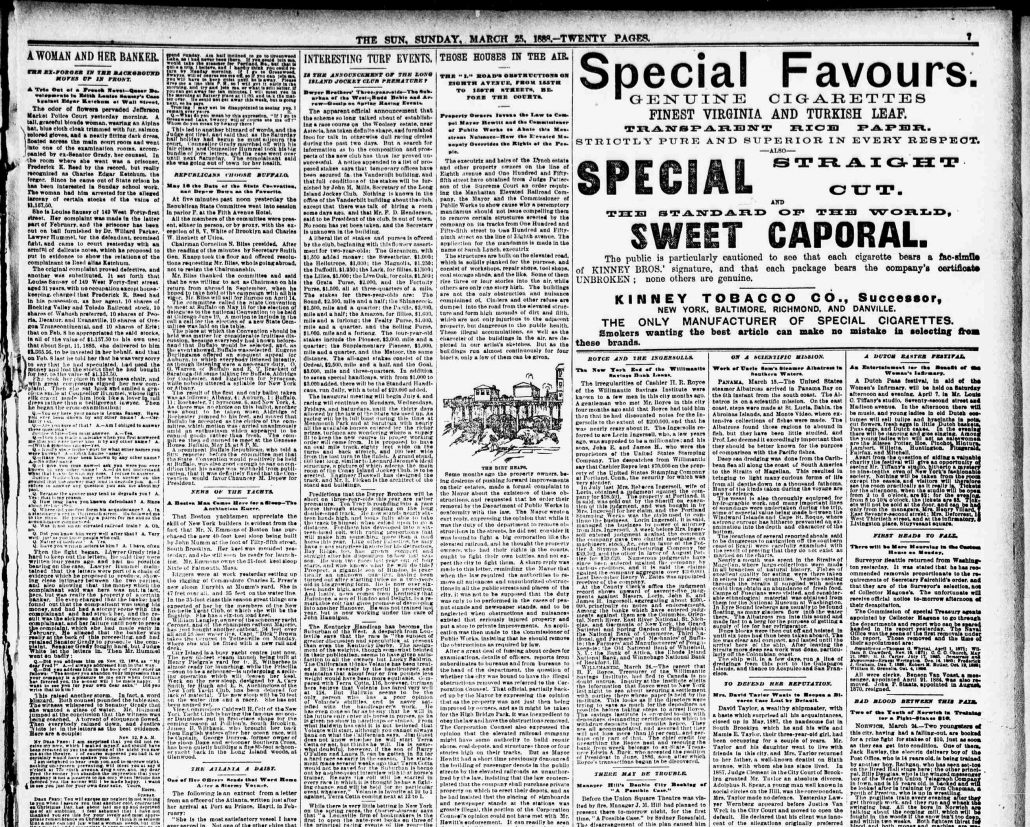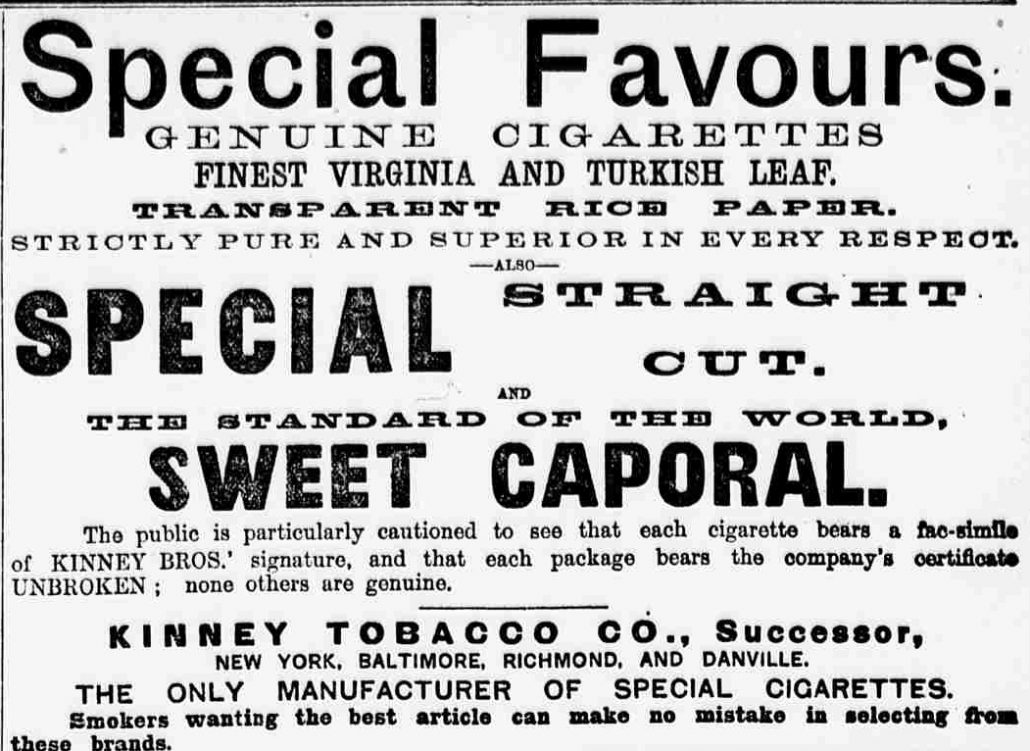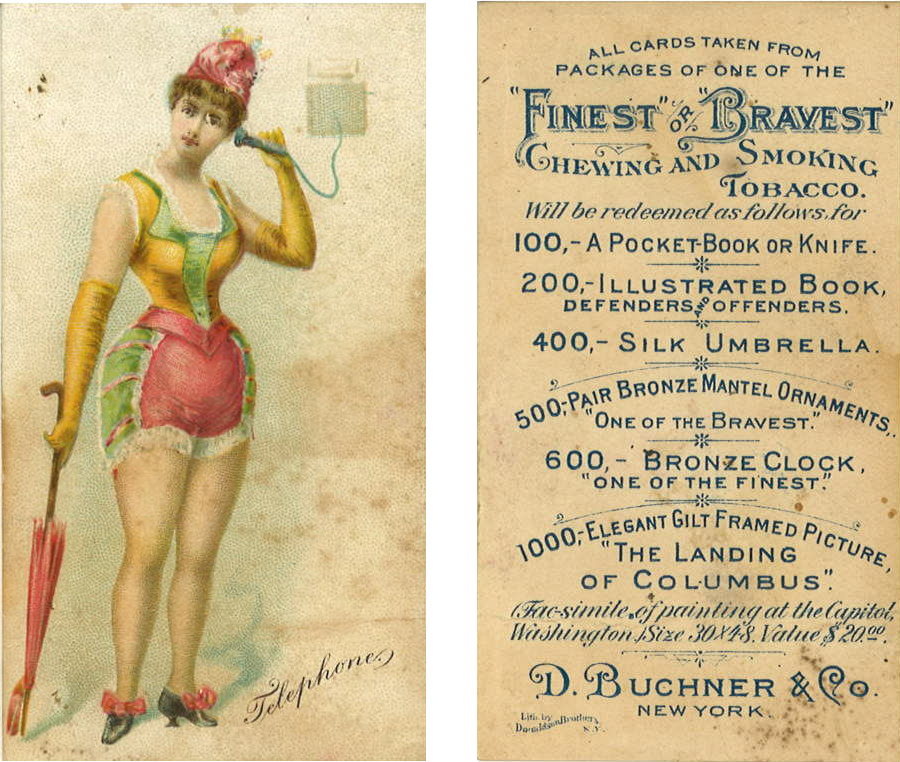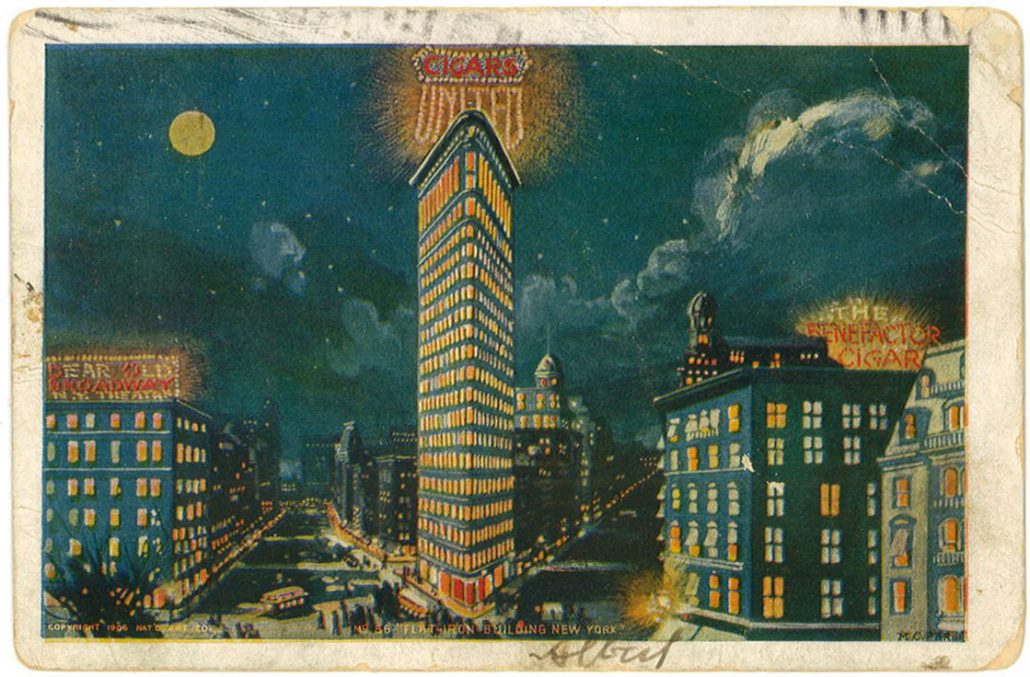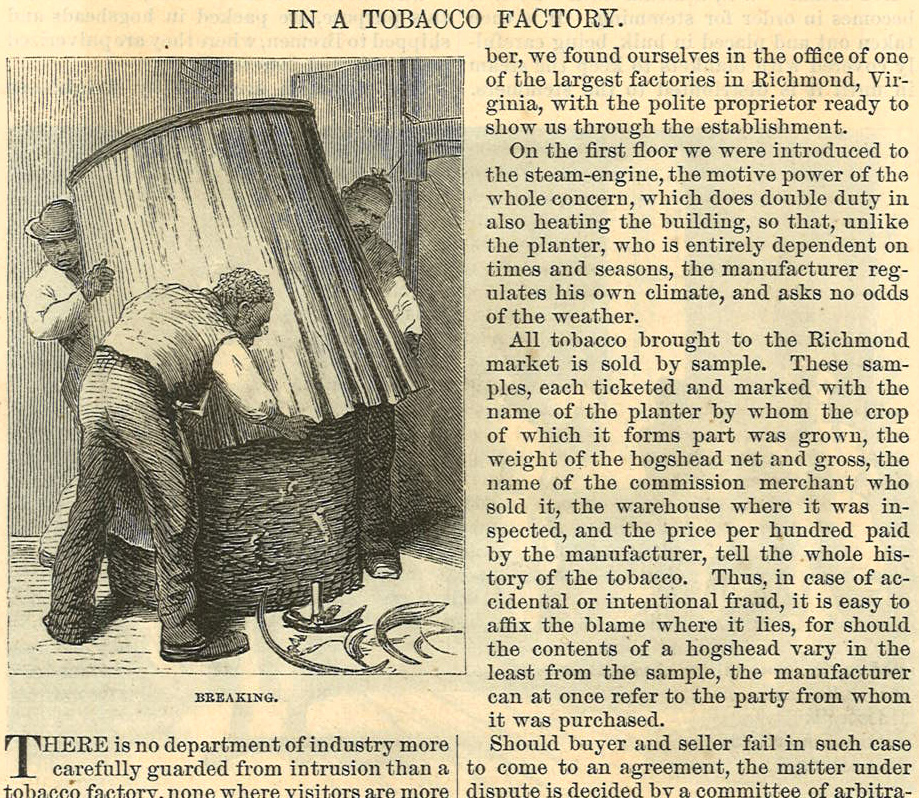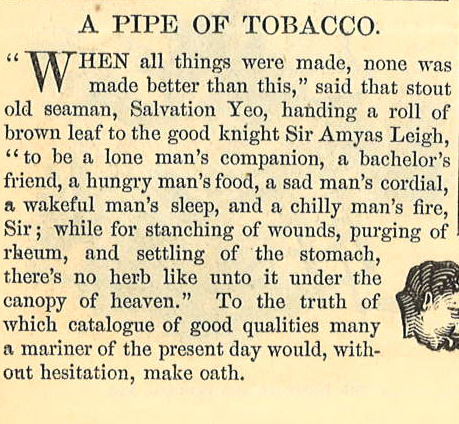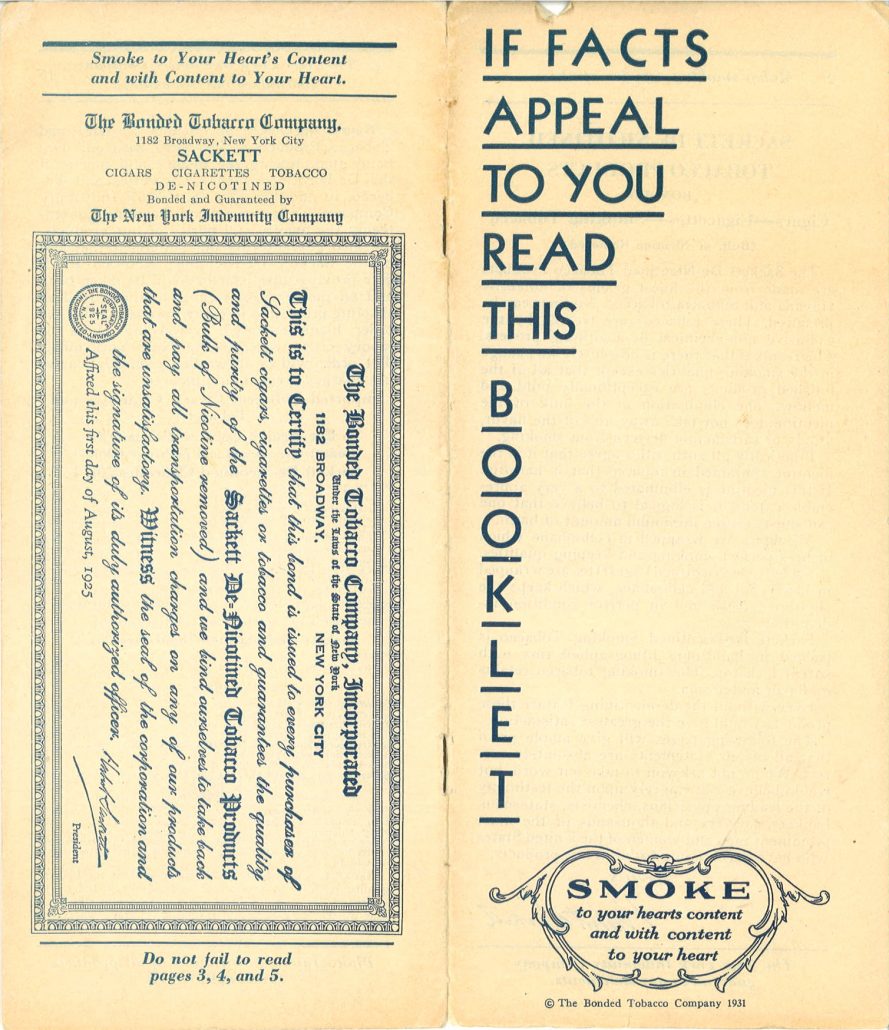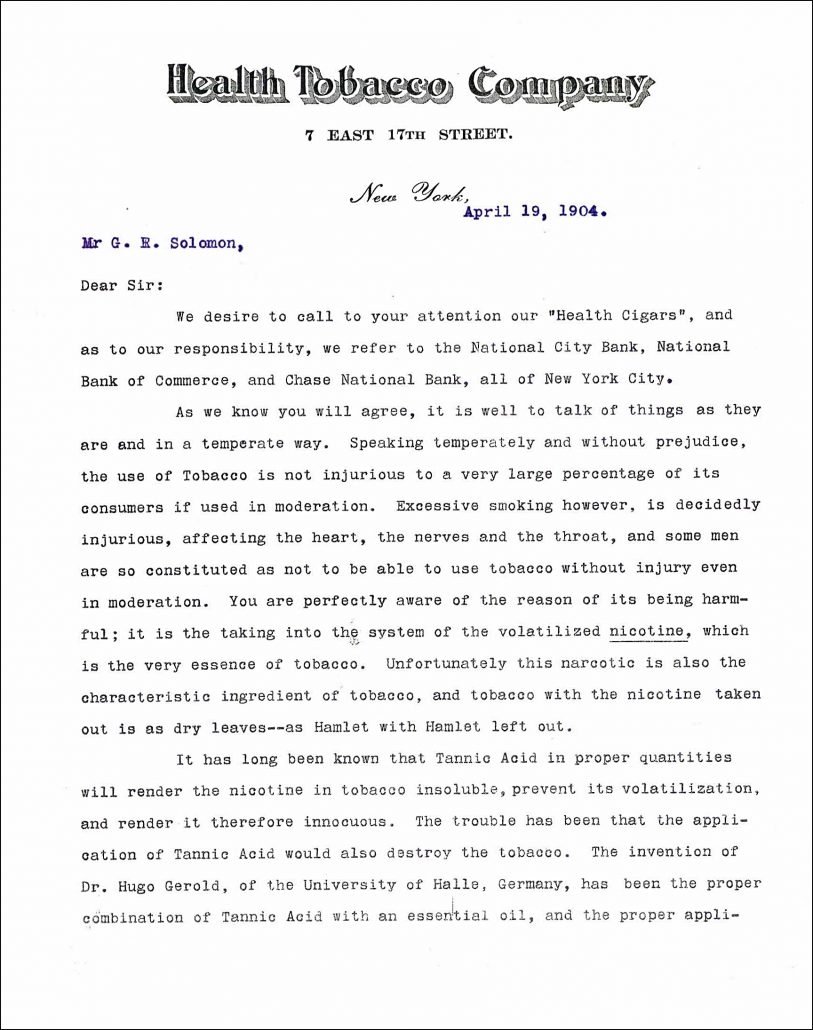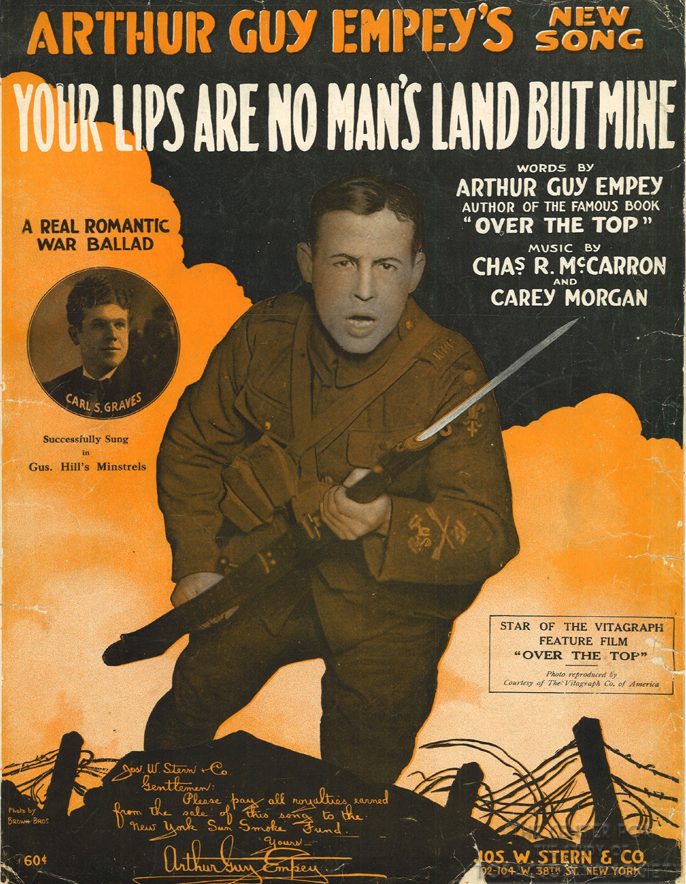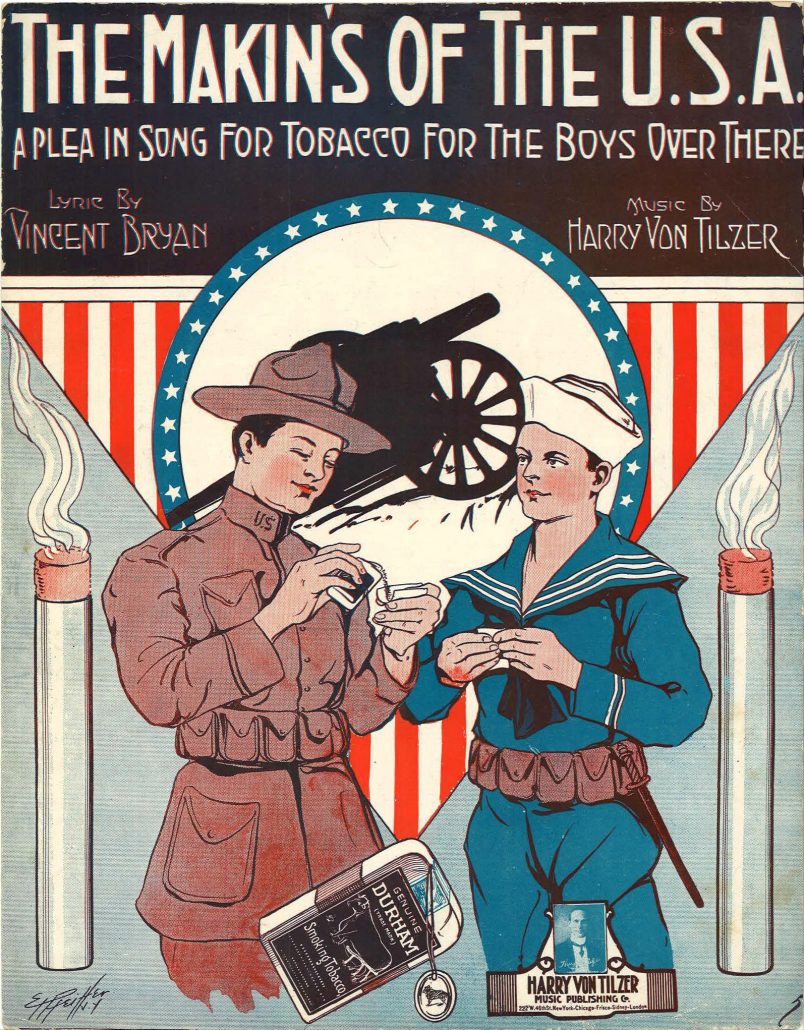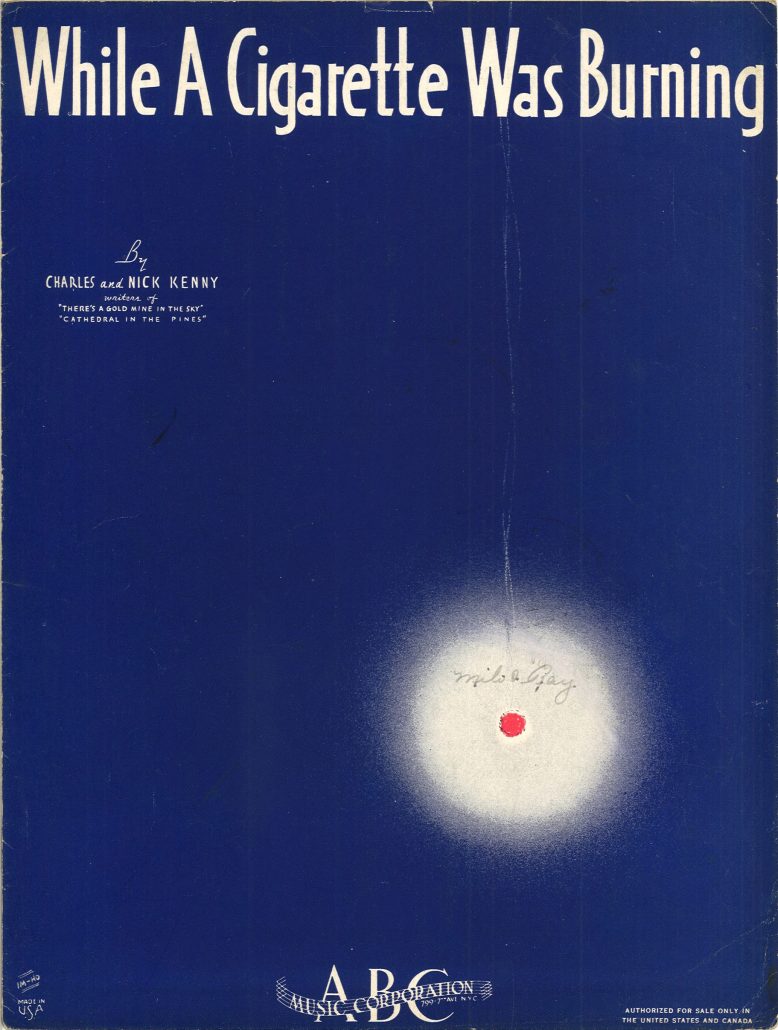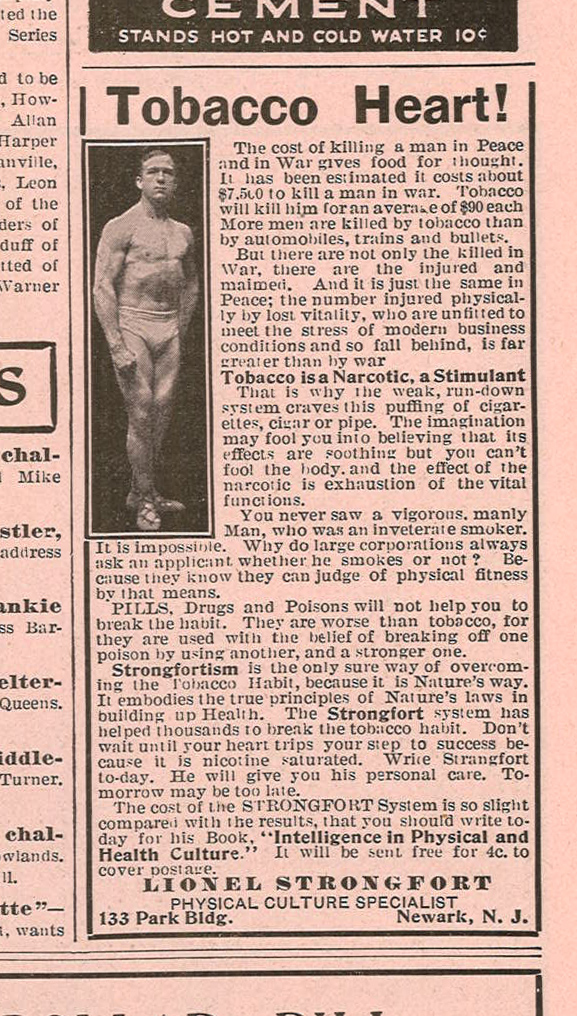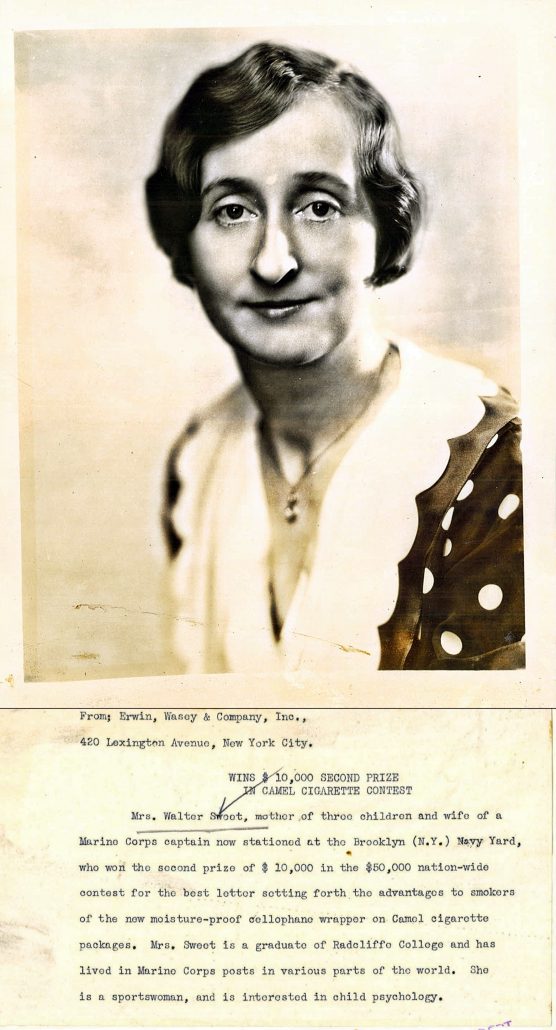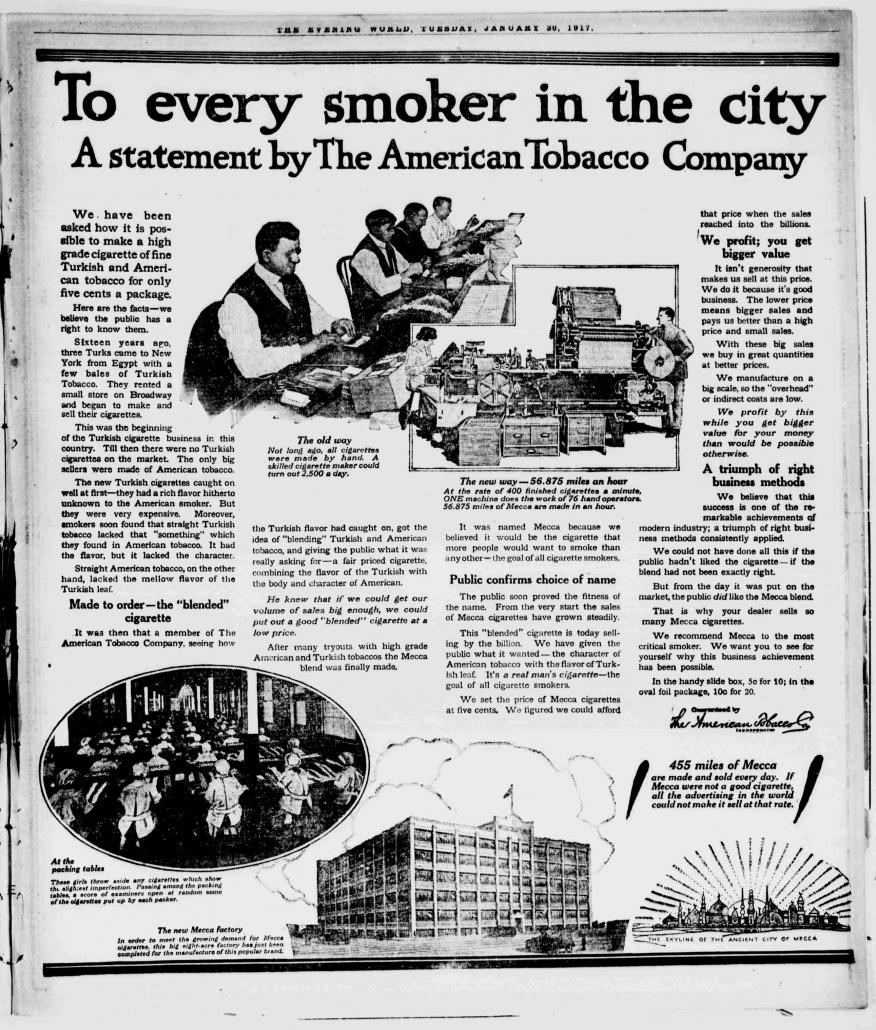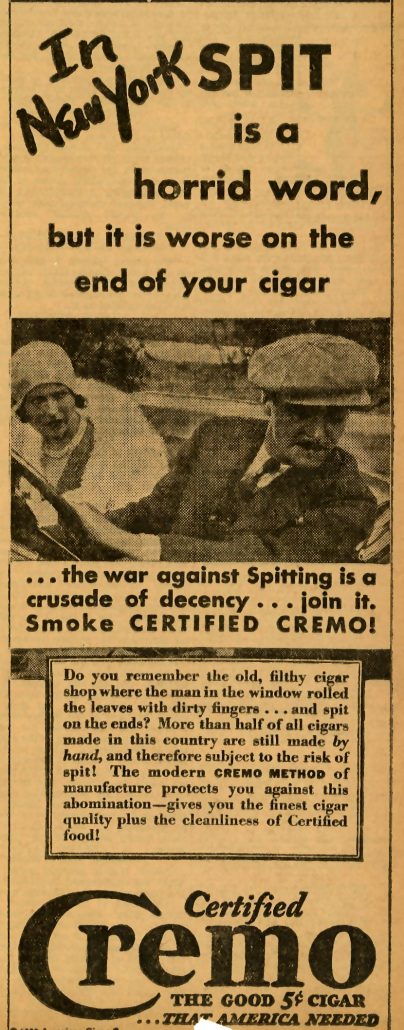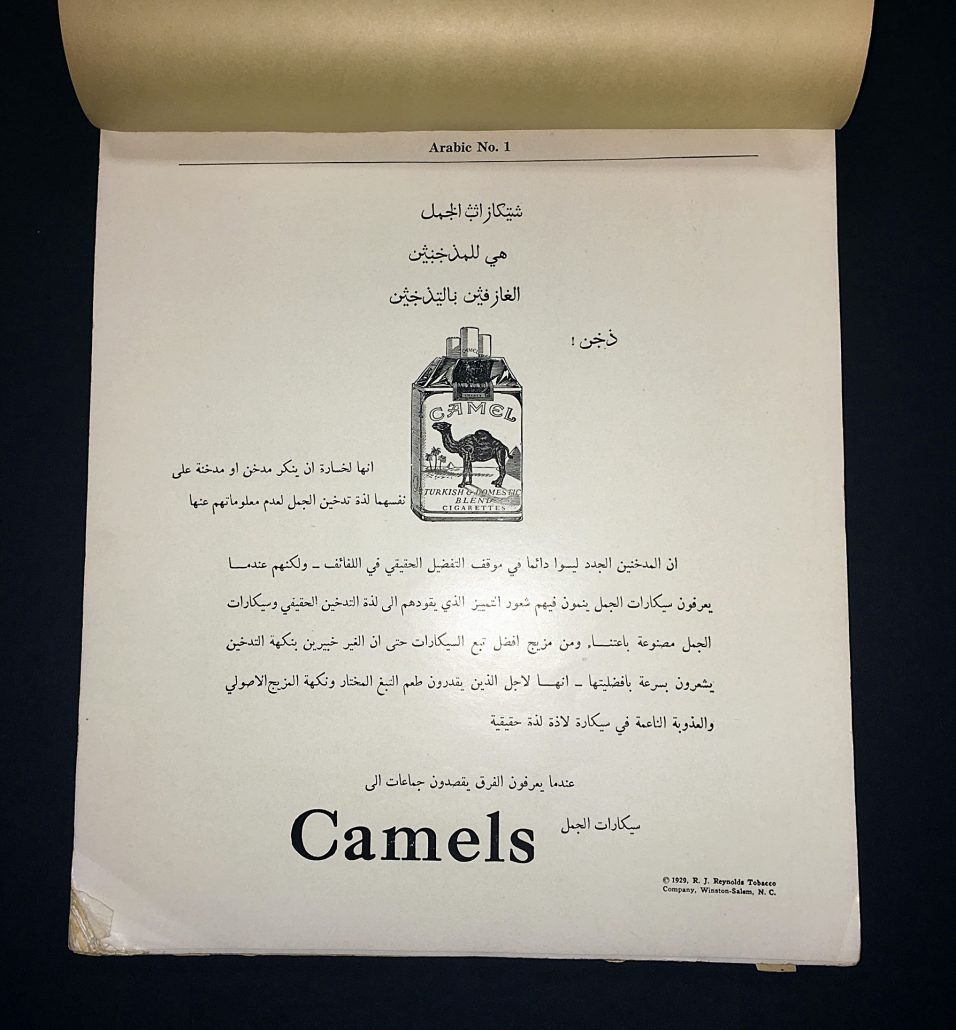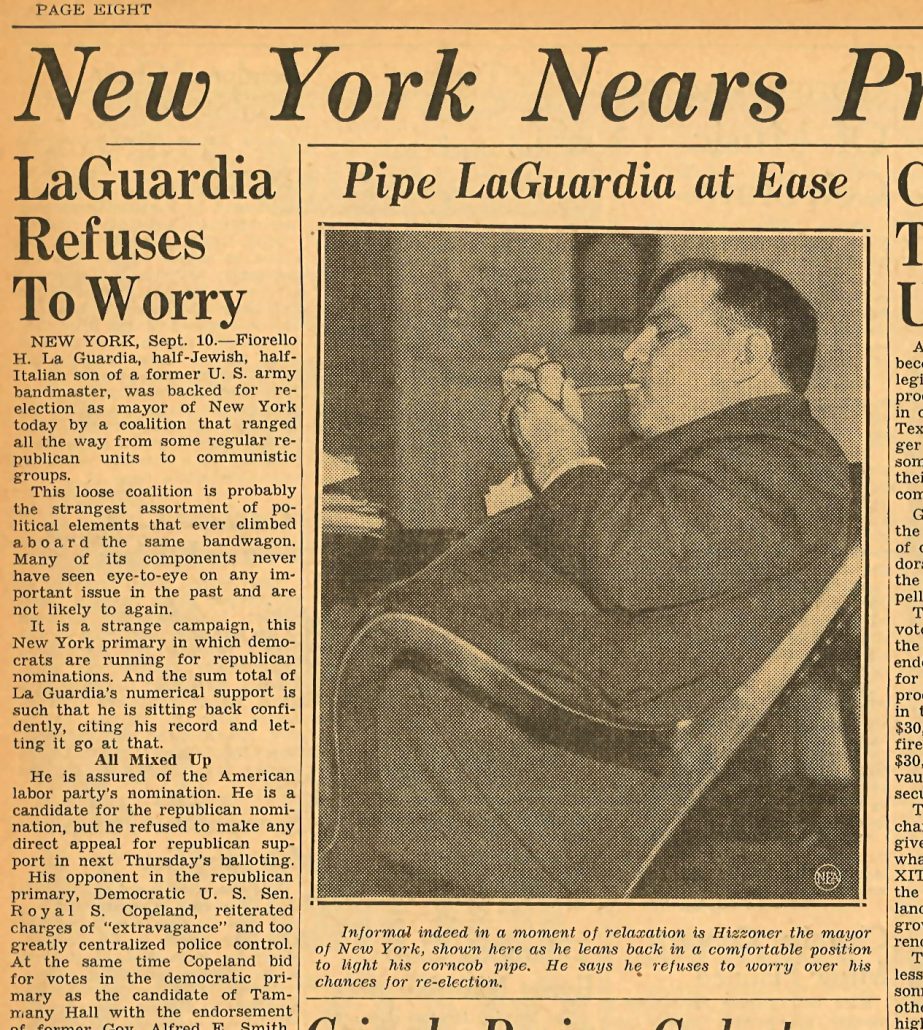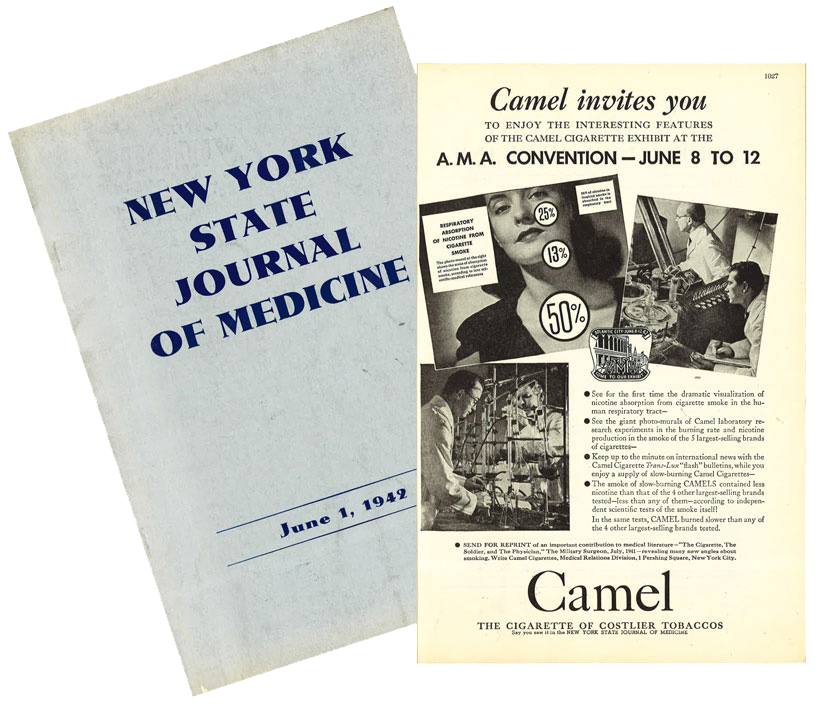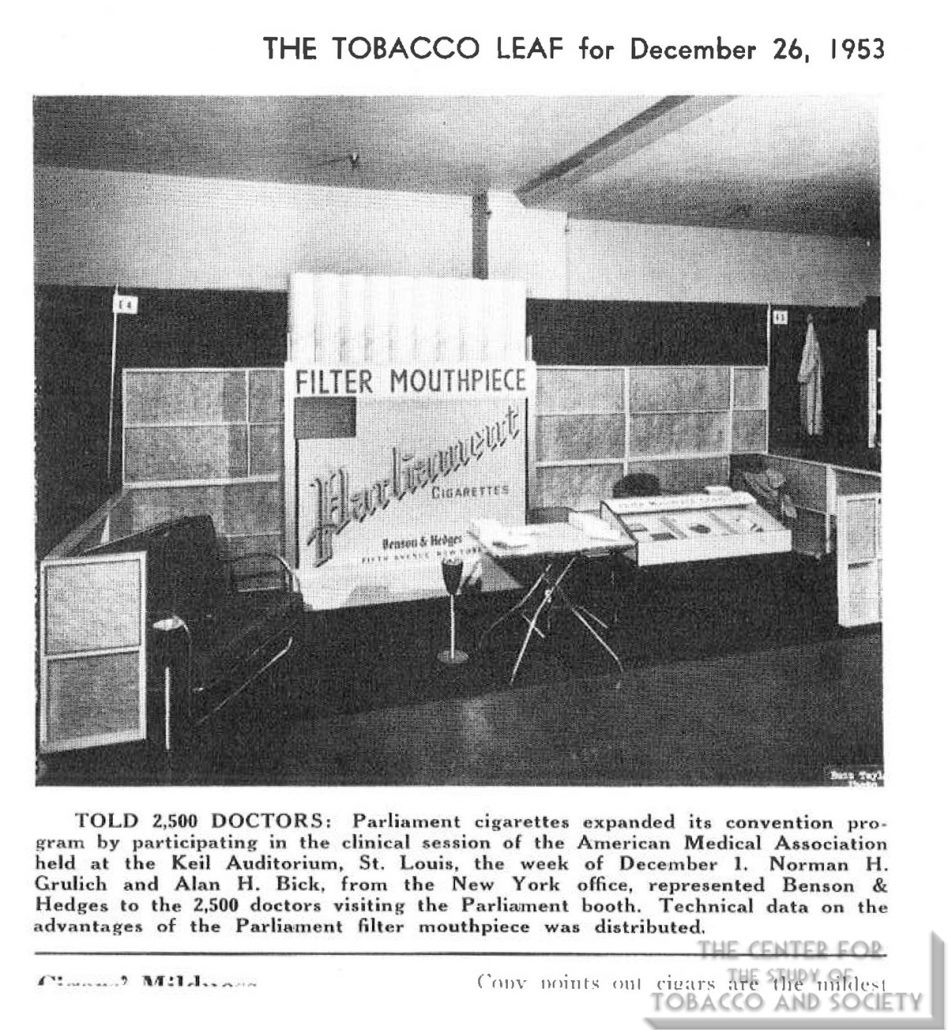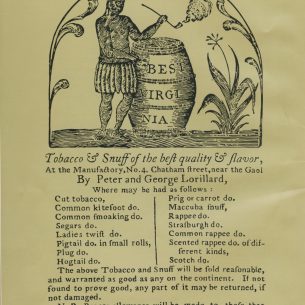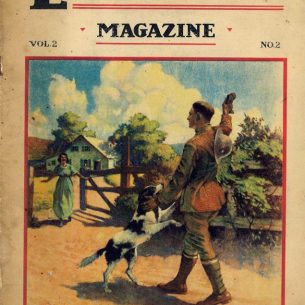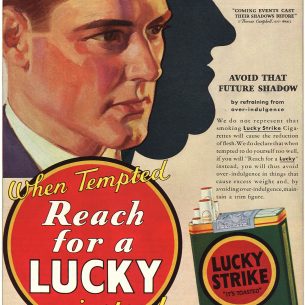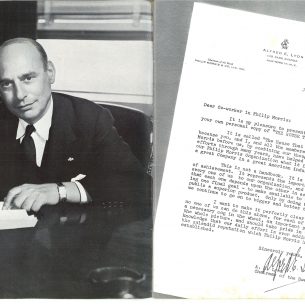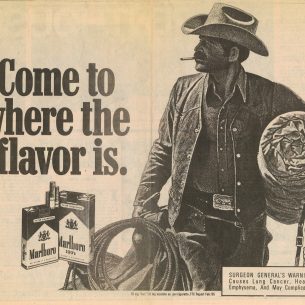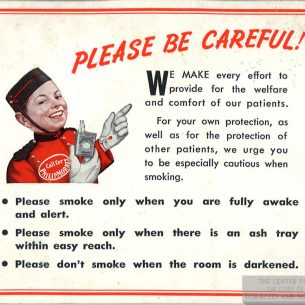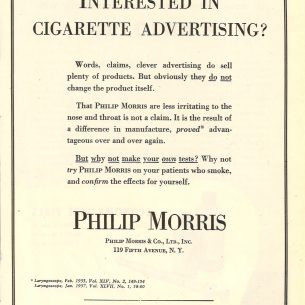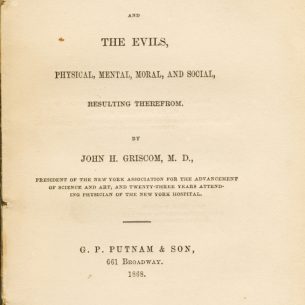Big Tobacco in the Big Apple
How New York City Became the Heart of the Tobacco Industry
…and Anti Smoking Activism
The First 200 Years
The Deep Roots of the Tobacco Industry in New York City (06:25)
The Deep Roots of the Tobacco Industry in New York City - Transcript
One of the most revelatory exhibitions I have ever seen at any Museum was the New York Historical Society’s two-part exhibition slavery in New York. I was shocked; I grew up in Long Island, near Rock Hall, which I learned was owned by a slaveholder who’d had a plantation in the Caribbean. I had no idea that slavery was existent in New York City until 1827. So it is with the tobacco industry in New York City and how far back it goes
One could say really that the very foundation of the industry was in New York City, and at the same time, the very Foundation of New York City’s industry was the tobacco industry. That the oldest company in continuous operation could be said to be, Lorillard now subsumed by Reynolds American Tobacco. The snuff mill established by Lorillard in the Bronx is still existing today at the Bronx Botanical Garden, and the snuff Mill remains, in my opinion, as a rather controversial entity. Because in 1980, I was invited to speak at the Bronx Botanical Gardens, and about a month before the conference, I hadn’t received my arrangements and instructions for the presentation. When I contacted the gardens, I was told that the conference had been canceled because of a lack of Interest. Well, it turns out that Lorillard, the makers of Newport cigarettes and Kent cigarettes, were still major funders through the Tisch family, which owned Lorillard by that time, of the Bronx Botanical Gardens; and although I had no direct proof. I was never able to give a straight answer from the gardens as to how they defined a lack of Interest.
The history of tobacco in New York, though, is replete with coverage. But, something that I had not appreciated in all the years that I had spent studying the issue, Harper’s Monthly regularly featured stories on tobacco, whether it be the rebellious youth of that era smoking or the art of aging and manufacturing tobacco. Pipes and later cigars were clearly a major force in New York City. By the 1870s, articles would appear in the Brooklyn Daily Eagle touting the importance of the tobacco trade. Numerous brands competed for attention, Dukes and Sweet Caporal, all advertised in the New York Press. After the Civil War, when smoking became popularized, in part due to health reasons when spitting, which one had to do with cigars and spitting tobacco was frowned upon and in many instances outlawed because of the spread of tuberculosis cigarettes, became increasingly popular, and to increase their favor among men pinups, were included on little cardboard cards in each cigarette pack. You could collect all of them, and at the same time, you wouldn’t crush your cigarette pack, so the cardboard serves two purposes.
By the late 1880s, early 1900s, you could tell though that there were some anti-smoking activities going. By the late 1880s and turn of the century, an incipient, anti-smoking movement was in force (3:05) to the point where even a Cigar Company could be created called the Health Tobacco Company to promote Health Cigars. (3:12) So, the health consequences were on the mind of those who smoked. Cigars had become the leading form of cigar use Among men. In fact, you were generally going to take up smoking if your father smoked. By the mid to late 1800, cigar-smoking. Had become the leading form of tobacco use, and New York City was, as Joe Parker points out, the center of cigar manufacturing in the United States.
(3:38) The health consequences were not hidden. However, there was even a company called the health Tobacco Company marketing Health cigars by the turn of the century, sending out letters to doctors alerting them to this wonderful new product. Cigar stores were ubiquitous throughout New York City. In the Flatiron Building, United Cigars were always in sight, according to the advertisements. By the second decade of the 20th century, one had several undercurrents; there was a strong cigar industry. There was also an element of concern about the side effects of smoking, such as an advertisement in the Police Gazette for a cure for tobacco heart. The tobacco companies really ingratiated themselves in health organizations.
World War One marked the dramatic rise in the increase of cigarette smoking as cigarettes were sent to the boys overseas. So, if you didn’t smoke before you left, or you smoked cigars by the time you return? You were smoking a popular brand of American cigarettes.
A Camel cigarettes salesman book of ethnic advertisements really says it all. Within the second decade of the 20th Century, Camel cigarettes was advertising in virtually every ethnic newspaper in New York City. Cigarettes we even advertised in medical journals. Beginning in 1927, the New York State Journal of Medicine carried cigarette advertisements. and these did not end until the 1950s. “After a Man’s Heart” would be an example of one appearing on the back cover of the New York State Journal of Medicine in 1937, and the irony of what smoking does to the heart would not be evident until about 20 years later. The young lady in that advertisement, when I published it in the New York State Journal of Medicine in a themed issue on smoking in 1983, turned out to have been 17 years old at the time. Her husband wrote to me when he saw that II had reprinted this advertisement on the cover and said that she had fibbed about her age and was selected for this cover, and she developed colon cancer in her 50s and passed away.
The public relations man, Edward Bernays, is credited with having popularized cigarettes among women in the late 1920s by hiring models to smoke Lucky Strike Green during the Easter Parade, and he was joined by the advertising mogul, Albert Lasker, who was one of the earliest advertising men to study psychology and its influence in advertising and helped greatly popularized smoking among women. Of course, the Lasker Award for Cancer Research is one of the great ironies of the 20th century, as it has now become one of the most prestigious awards in medicine.
“Tobacco & Snuff of the (best) quality & flavor”
Early newspaper advertisement by Peter and George Lorillard
Unknown publication
May 27, 1789
“Rising Generation”
Illustration
Harper’s Weekly
1855
“THE STANDARD OF THE WORLD…”
Detail of advertisement for Sweet Caporal Cigarettes
The New York Sun
1888
“THE STANDARD OF THE WORLD…”
Detail of advertisement for Sweet Caporal Cigarettes
The New York Sun
1888
“Telephone”
Tobacco package card for “Finest” or “Bravest” Chewing and Smoking Tobacco
D. Buchner & Co. New York
Circa 1890
Isle of Pines Rothschild Size
Advertisement by United Cigar Stores Company
The Sun
April 10.1905
The Flatiron Building
Postcard
United Cigar Stores Company
1906
“IN A TOBACCO FACTORY” (7 pages)
Article
Harper’s New Monthly Magazine
1854
“THE TOBACCO TRADE: BROOKLYN INTEREST IN TOBACCO”
Headline
New York Evening Post
1857
“A PIPE OF TOBACCO” (4 pages)
Article
Harper’s New Monthly Magazine
Circa 1857
“IF FACTS APPEAL TO YOU READ THIS BOOKLET” (7 pages)
Prootional pamphlet abliut making “smoking safe for smokers”
The Bonded Tobacco Company
1931
“The Cigarette Doomed”
Article
Scientific American
August 31, 1889
“We desire to call your attention to our health cigars…” (2 pages)
Letter to Mr. G.R. Solomon
Health Tobacco Company, New York
April 19, 1904
How the Red Cross, New York Newspapers, and Tin Pan Alley
The popularity of cigarettes dramatically increased during World War I, and this was in part due to cigarettes being sent to the boys overseas. The funds for these shipments were raised in part by the Red Cross ladies auxiliary’s of medical societies and even medical association’s themselves, often the can was passed at movie theaters and some of these funds were sponsored by newspapers. The sheet music that you see are examples of the most popular form of music at that time, and The Makings of the USA: An Appeal in Song for Tobacco for the Boys Over There, is a great example of this. Other sheet music reflected the increasing romanticism of the cigarette, Two Cigarettes in the Dark and While a Cigarette was Burning, of course there’s Smoke Gets In Your Eyes and much later Sam Cooke’s Smoke Rings.
“Your Lips Are No Man’s Land But Mine”
Sheet music: words by Arthur Guy Empey and music by Charles R. McCarron and Carey Morgan
Joseph W. Stern & Co.
New York
1918
“The Makin’s of the U.S.A. A Plea in Song for Tobacco for the Boys Over There”
Sheet music: words by Vincent Bryan and music by Harry Von Tilzer
Harry Von Tilzer Music Publishing Co.
New York
1918
“Two Cigarettes in the Dark”
Sheet music by Harry Madden and Philip Dunning
De Sylva Brown and Henderson, Inc.
1934
“While a Cigarette Was Burning”
Sheet music by Charles and Nick Kenny
ABC Music Corporation
1938
Learn more about tobacco’s role in the First World War and its lasting affect on the military society and the world in our exhibition: The Makin’s of a Nation: Tobacco in World War I
“When your son starts smoking…”
Advertisement by Antonio Reig & Langedorf
The Saturday Evening Post
1910
“If you are like most American fathers, you want your son to wait until he is 21 before he starts smoking…When that time comes, what are you going to give him to smoke? What he smokes is even more important to his welfare than when he starts…For health’s sake, then the Girard cigar is the right cigar for every man to smoke…GIRARD Never gets on your nerves”
“Tobacco Heart!”
Advertisement by “Lionel Strongfort, Physical Culture Specialist”
The National Police Gazette
May 19, 1917
“Strongfortism is the only sure way of overcoming the Tobacco Habit, because it is Nature’s Way…”
“WINS $10,000 SECOND PRIZE IN CAMEL CIGARETTE CONTEST”
Photograph and letter of winner of a contest sponsored by R.J. Reynolds Tobacco Company to promote Camel cigarettes
Circa 1930
“Mrs. Walter Sweet, mother of three childeren and wife of a Marine Corps captain now stationed at the Brooklyn (N.Y.) Navy Yard, who won the seocnd prize in the $50,000 nationwide contest for the best letetr setting forth the advantages to smokers of the new moisture-proof cellophane wrapper on Camel cigarette packages. Mrs. Sweet is a graduate of Radcliffe College and has lived in Marine Corps posts in various parts of the world.”
“1,000,000 Men reach their goal”
Advertisement for Mecca cigarettes
The Evening World
January 28, 1917
“To every smoker in the city…”
Adverisement by the American Tobacco Company
The Evening World
January 29, 1917
“In New York, Spit is a horrid word, but it is worse on the end of your cigar”
Newspaper advertisement for Cremo Cigars
Circa 1925
RJ Reynolds Tobacco Company Salesman’s Book of Camel Cigarette Advertisements in 29 Languages
An extraordinary, possibly one-of-a-kind 114-page flip book of Camel cigarette advertisements translated into 29 languages for placement in ethnic-language newspapers in New York City
1929
“It keeps them so Mild and Fresh!”
Advertisement by RJ Reynolds Tobacco Company touting cellophane wrapping to keep out moisture.
Hearst’s International-Cosmopolitan
June, 1931
“Pipe LaGuardia at Ease”
Photograph of New York City’s beloved Mayor Fiorello LaGuardia smoking a corncob pipe.
The News Telegram (Portland, Oregon)
September 10, 1937
“Camel invites you”
Advertisement by RJ Reynolds Tobacco Company for the Camel cigarette exhibit at the 1942 convention of the American Medical Association
New York State Journal of Medicine
June 1, 1942
“Told 2,500 Doctors”
Photograph of the Benson & Hedges Parliament cigarettes exhibit at the American Medical Association convention in St. Louis
The Tobacco Leaf (tobacco wholesalers weekly publication)
December 26, 1953
“…Parliament Filter Mouthpiece”
Benson & Hedges Parliament cigarettes exhibit at the American Medical Association convention at the Grand Central Palace in New York City
The Tobacco Leaf (tobacco wholesalers weekly publication)
June 20,1953
To learn more about the American Medical Association’s complicated association with the tobacco industry visit our exhibition The Unfiltered Truth About Smoking And Health The American Medical Association Rewrites Tobacco History
Explore the First 200 Years with the Links Below
Or use the navigation bar to visit other sections of the Exhibition


